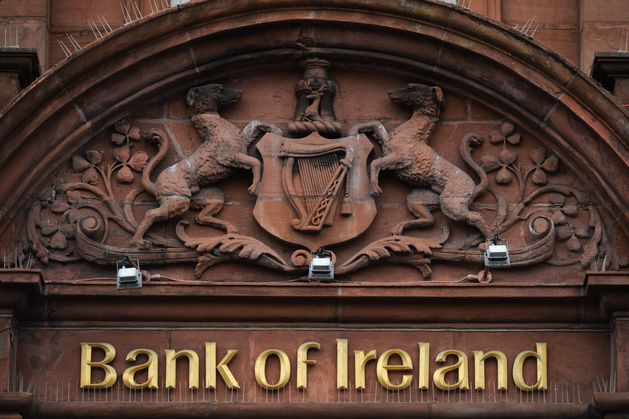I was astounded that so much of my dad’s wealth was in a single stock, especially considering what happened to holders of bank shares during the crash.
How much inheritance tax will I have to pay on the stock and how do I go about de-risking myself from a single stock and investing the proceeds properly? I’ve already maxed out my pension.
Ciarán, Co Galway
A I’m going to assume you didn’t previously receive any gifts or inheritance from your parents and therefore have an unused group A threshold of €335,000 for capital acquisitions tax (CAT) purposes.
I’m also going to assume you don’t have any liabilities or considerations to be paid, and that the market value of the shares on the date of inheritance was indeed €500,000.
In this scenario, you’d subtract €335,000 from €500,000 and apply the Capital Acquisitions Tax (Cat) rate of 33pc, leaving you with a tax liability of €54,450.
I strongly suggest engaging a financial adviser to fully map out your situation
No capital gains tax (CGT) is charged on asset transfers upon death, and you can sell the stock without triggering a large CGT bill if the value hasn’t significantly increased since the inheritance.
Diversification is key to de-risking investments, and there’s currently a focus on passive investing through low-cost products such as index funds.
For lump-sum investments, consider your time horizon, and avoid investing when markets are high and withdrawing when they’re low. If you plan to use your funds within five years, then consider a lower-risk money market fund, government bonds or state savings.
I strongly suggest engaging a financial adviser to fully map out your lifetime goals, your costs and income, allowing for inflation and taxes; you can then build a suitable investment portfolio around these.
Think about these investments as buckets, such as your emergency fund on a deposit or notice account and surplus funds in a diversified investment vehicle for at least seven years.
If you carry any CGT losses, then direct investments may make sense as you can utilise the losses against future gains.
Online platforms will provide you with direct access to funds, shares, and exchange-traded funds. But be aware of tax filing requirements to avoid interest and penalties. Stockbrokers can manage your holdings for a fee.
If you don’t have any losses to offset against future gains, a more pooled structure such as a unit-linked life assurance policy may be suitable.
This would allow you to invest across a range of funds that pool clients’ money, thereby facilitating access to investments that you wouldn’t usually be able to access as an individual investor.
Switching between funds available on the investment policy can be done without triggering tax charges.
All life assurance firms offer these policies for lump-sum and regular investments.
The assurance company is responsible for calculating, deducting and paying the exit tax on your withdrawals to Revenue.
On your death, any exit tax due on the policy gains can be used by your beneficiary to reduce their inheritance tax bill.
‘I’m 75. How long more can I live off withdrawals from my Zurich SuperCAPP fund?’
Q I retired 10 years ago and since then I’ve been drawing an annual pension from my approved retirement fund (ARF). My pension sum is in a fund called the Zurich SuperCAPP, which is mainly invested in bonds, equities, and cash.
As I’m 75, I’m trying to estimate how long more my residual fund will service these withdrawals.
On my annual statement, the “current encashment value” is regularly about 10pc to 15pc higher than the current fund value.
When estimating how many years I can continue to withdraw this fixed sum, which “value” figure should I use?
Kevin, Co Kerry
A The SuperCAPP is a unitised with-profits fund that aims to deliver a regular return to policyholders consistent with prevailing medium-term interest rates, while maintaining the potential for higher growth over time than a deposit account.
Investment earnings on the SuperCAPP are distributed to policyholders through annual dividends, and a special dividend can be paid on the withdrawal of money invested in the fund for five or more years.
There will be a range of funds that you can invest your ARF money in
The difference between the “current encashment value” and the “current fund value” is the current special dividend that’s applicable. This dividend isn’t guaranteed, is revised quarterly, and only applies once (including when switching from one fund to another within the ARF).
The annual dividend is declared on a yearly basis and is reflected in the daily published unit price.
The current encashment value, which reflects the value at a given time, would be the most appropriate to use for any drawdown calculations.
But it’s worth noting that your ARF is your post-retirement pension and there will be a range of funds that you can invest your ARF money in — you’re not limited to just this fund.
Sinéad Cullen is head of wealth and financial planning at NFP Ireland. You can email your questions to g.monaghan@independent.ie

